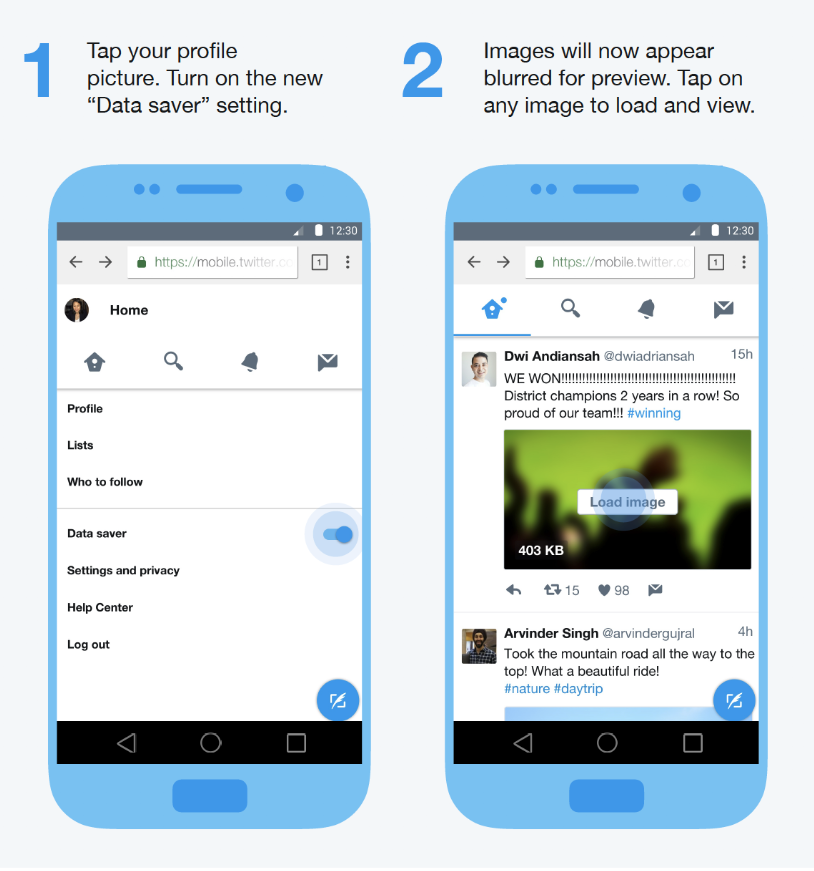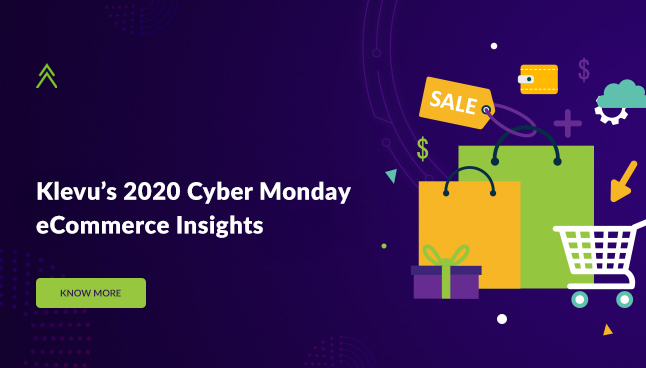Blog
The Power of PWAs: Your Secret Weapon in 2020
by Klevu on
Progressive Web Apps (PWAs) are all the rage in the e-commerce world — and for good reason. We’re taking a look at this exciting technology and exploring its role in an e-commerce setting.
Anyone with a smartphone, tablet, or computer uses apps. Even most TVs nowadays integrate with apps. Over the last few years, apps have had a major influence on how we interact with technology in our everyday lives. From mobile banking to online shopping, there’s an app to accompany virtually any task.
Apps are great, but they aren’t without their hiccups, either in user experience or in the steps it takes to get a user to download the app in the first place.
This is where Progressive Web Apps (PWAs) lend a helping hand. In this article, we’re investigating how PWAs take what’s great about mobile apps and create an improved UX — and how e-commerce companies can leverage them in 2020 and beyond.
PWAs 101
PWAs are an application delivered through the web using components of traditionally built websites like HTML, CSS, Javascript, and more.
A few of the biggest businesses leveraging PWAs right now include Pinterest, Alibaba, Twitter, Microsoft, and Instagram. They have native apps but also see the potential of PWAs to act as a safety net to maintain a seamless user experience and increase conversions.
A successful PWA will include the following features:
- Secure data transfer capabilities (HTTPS)
- Offline usage
- Push notifications
- Truly progressive (compatible with any browser or device)
- Optimized for mobile
- Quick-loading
But how do they work on the user side?
It starts with a user landing on a website. Then, they receive an invitation to save the website as an app (the PWA) on their home screen. After installation, the user can access it at any time, even without an internet connection.
With that in mind, let’s take a look at some of the ways merchants can leverage PWAs.
1. Boosted SEO
All content that exists within a PWA can be linked to and is, as a result, ranked by search engines. PWAs are also fast-loading which means a reduced bounce rate and decreased data use. A well-designed and executed PWA could even outrank a website. As a result, they’re the ultimate solution for improving SEO rankings.
For example, Merkandi, a B2B wholesale trading platform, leverages PWAs to ensure their customers are always shopping from an SEO-optimized site. According to Lighthouse, an open-source tool designed to help improve the quality of web pages, Merkandi’s PWA scores well against its SEO criteria. This is largely due to Merkandi’s quick page-loading functionality on mobile networks.
E-commerce businesses that plan on using PWAs must make sure the technical side of things is buttoned up. It’s important to work with a developer that understands how to optimize the application for proper indexing and ranking.
2. Solid Reliability
One of the major reasons why PWAs can benefit e-commerce businesses is their dependable nature. Even without an internet connection users can still access the PWA, which means:
- No missed opportunities due to connectivity issues
- You and your customers can trust the application to work no matter what
- You can offer your customers a more reliable user experience
Instagram’s PWA also fares well according to many of Lighthouse’s performance criteria. Maintaining a reliable PWA is the key to getting the most from these nimble applications.
3. Increased User Adoption and Engagement
PWAs offer the same functionality as a native app but with increased chance of usage. Because users can immediately start using PWAs — no downloading or extra steps required — you increase the likelihood of them being used time after time.
And from a user perspective, what’s better than not having to download another app? Not having to update another app! PWAs update automatically (as you make changes to them), so there’s no worrying about users uninstalling due to compatibility issues.
As an example, the Twitter Lite PWA saw a significant boost in user engagement and adoption (thanks to the “add to home screen” prompt and push notifications), as well as a 70% reduction in data consumption and an under 5 seconds load speed.

Source: Twitter
4. Reduced Development Costs
At any given time, e-commerce companies can be managing multiple channels at once.
Luckily, PWAs reduce the development costs that other platforms typically require.
Because the application is able to serve multiple channels from one centralized place, you don’t have to worry about managing several teams and potentially sacrificing your UX. Not to mention, a PWA is significantly less expensive than a native app.
Cutting costs where you can — without skimping on functionality or UX — is always a smart business move.
PWAs Are an Essential Tool for E-Commerce Brands
We’ve covered a few of the benefits of PWAs, and how e-commerce businesses can make the most of these powerful applications. At Klevu, we’re working on a few features that will make for an even better experience for retailers who are creating their PWAs. Check out everything about headless commerce, and stay tuned for those updates as we release them!
To find more insights from Klevu visit our Discovered blog, and to learn more about our smart on-site search, schedule a demo.


